Celebrating Christmas in El Salvador
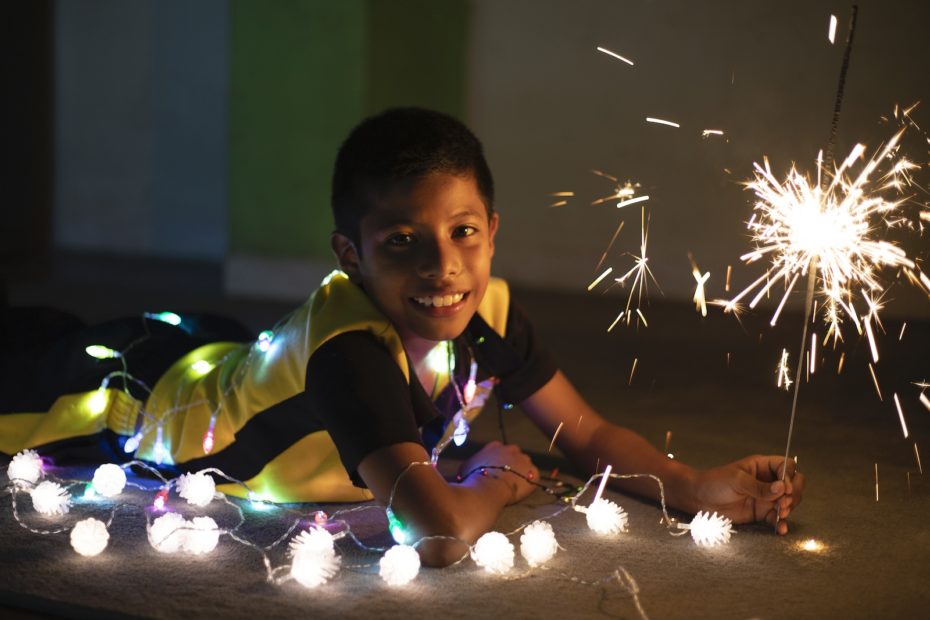
It is sunrise on Friday, just a week before Christmas. The morning smells fresh and the sun shines strongly. A light breeze fills the air with that cool Christmas feeling. For a foreigner, it would almost feel like spring, but for Salvadorans, it feels like Christmas.
Continue Reading ›Battalions of Evangelism Bring the Gospel to San Marcos, El Salvador
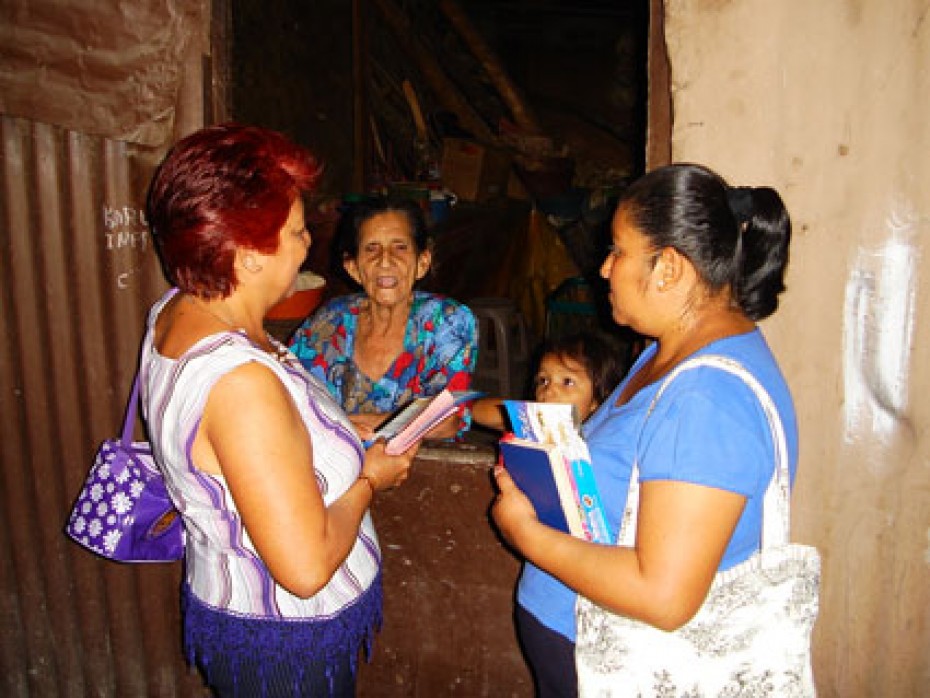
Baptist Biblical Tabernacle has divided its ministries in two groups, internal and external. The internal ministries include the ushers and bible school teachers, as well as mentors for the people who want to learn more from the Bible. The external ministries, as Pastor Edwin describes them, are “battalions of evangelism.” There are different groups that visit hospitals, jails, and the poor communities in the area of San Marcos.
Continue Reading ›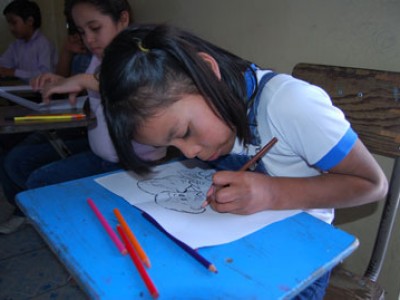
God Is Faithful (Milagro, the Miracle)
Just like her name, it was a miracle that she survived at such a young age. Milagro lost her right arm, and part of her face and body had deep burns. It was a traumatic event for the baby and the mother.
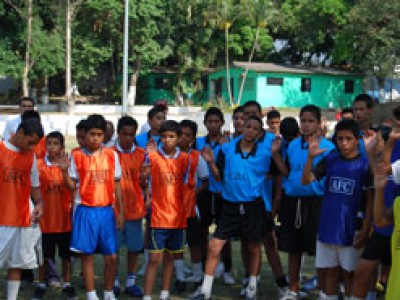
The Next World Cup All Star?
The eyes of hundreds of thousands of people are glued to the field. A commentator narrates the last seconds of the game: “… and there comes Landaverde with a pass from Valdez… Landaverde surpasses the defense quite easily; he aims at the goal… shoots… AND SCORES!!!” El Salvador wins. The people in the stadium shout and celebrate; the national team has won the World Cup.
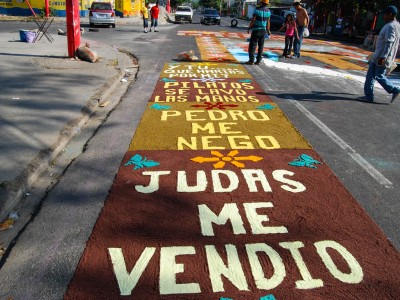
Easter in El Salvador
Easter Week in El Salvador is celebrated differently than the way it is celebrated in the United States. In the United States, Easter often includes the Easter Bunny and egg hunts. In El Salvador as well as many other Central American countries, it is celebrated with a much different atmosphere.
Easter feels like summer. The sun shines strong in the skies, the breeze somehow fresh, somehow warm. It is definitely the middle of the dry season in El Salvador, the equivalent of summer in northern lands. Everything around, from sale signs to music, talks about sun and sand. The opportunity to enjoy beaches that are just an hour away from San Salvador is almost here.
For a full week, students are out of school and have the opportunity to enjoy beaches, visit relatives and do nothing; it is almost the equivalent to spring break in the United States. However, there is one unequivocal characteristic that reminds every Salvadoran that it is not just a break, and that there is more than just sun and fun waiting for us during that week in April.
In El Salvador, the week of Easter is Holy Week, and the festivities revolve around Roman Catholic tradition. Roman Catholics account for nearly 60 percent of the population. Protestant (also called evangelical) churches account for slightly more than 20 percent.
Even though El Salvador does not have an official religion, since the time of colonization Roman Catholic traditions have been the most common and most practiced in the country. Easter Week is the most important celebration for the Roman Catholic Church.
“It is slightly different for the Protestant Church” says Sister Wendy, wife of Pastor Rodolfo at the Baptist Tabernacle Church of Majucla. “For most of the children, Easter Week is an opportunity to spend time with their families. People take advantage of this time to go back to their homeland and spend time with their families.”
One of the most important Easter traditions in El Salvador is Lent. During this 40-day period before Easter, named “Cuaresma” in Spanish, people fast, pray and give alms. The last week of the 40 days is called “Bigger Week” or “Holy Week.”
On Good Friday, there are two major processions. Early in the morning there is the “passion,” which is the representation or commemoration of the walk that Jesus took with the cross toward Golgotha. It is finished around noon.
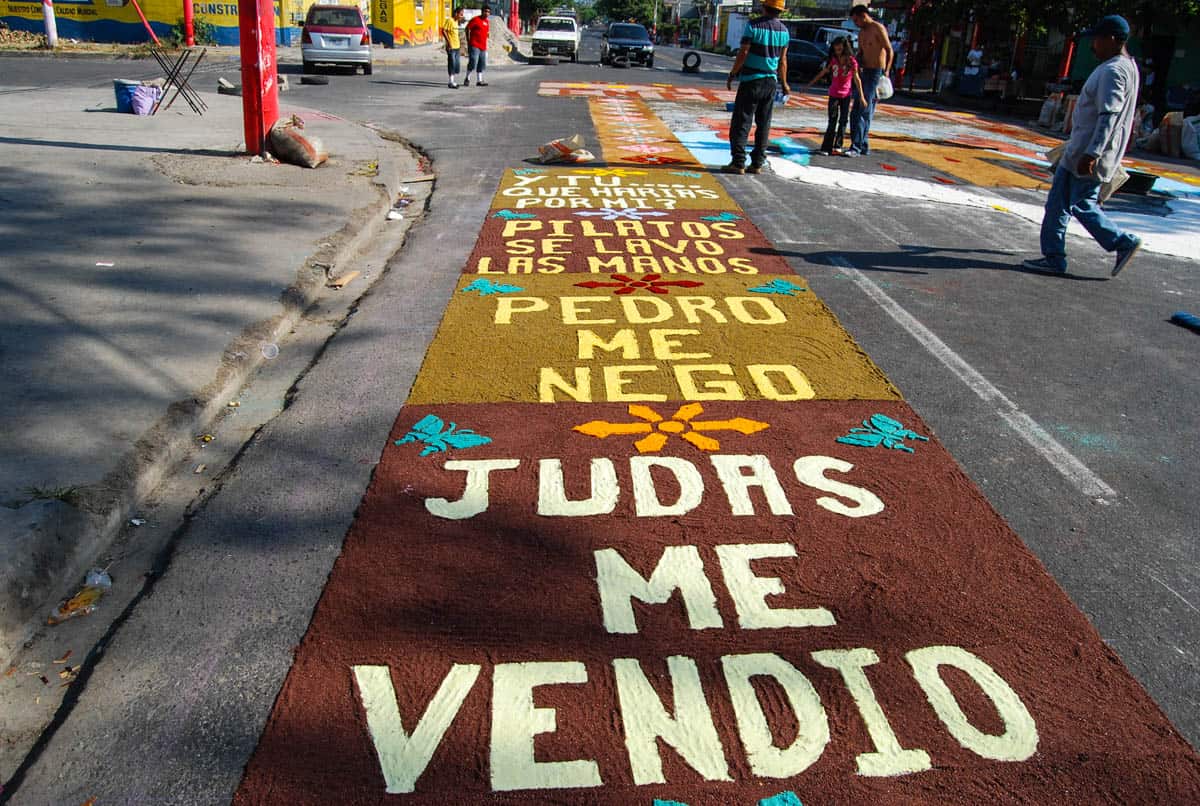
Then in the afternoon, Roman Catholic churches and communities start making rugs on the streets with sawdust, which will later be part of the path where the “holy funeral procession” will pass, carrying the symbolic dead body of Christ.
The making of these rugs represents one of the greatest traditions for the Roman Catholic Church in El Salvador, since entire streets and main avenues in many places of the country are completely closed. The rugs cover entire streets.
Appreciation of the rugs goes beyond religion. For Salvadorans, it is about appreciating the art and about appreciating the effort the people put into making the rugs. For Salvadorans, it is a gift, an offering they are making for Jesus.
Catholic or not, Salvadorans go out into the streets on Good Friday to see the rugs. Apart from this tradition for Good Friday, Holy Week develops differently for Protestants.
For the Evangelical Church in El Salvador, Holy Week is an opportunity to spread the Gospel to as many people as possible. If there is the opportunity to preach the Gospel and carry more people to the feet of our Lord, the church takes advantage of it and tells El Salvador the true meaning of Holy Week.
The Piñata Maker
The community of Montelimar is south of San Salvador, near a town named Olocuilta. The road near Montelimar, which leads to the airport, takes you past a scene that appears desolate. Even though the community has brick houses, electricity and potable water, the desolation of the surroundings and the distance from every other community make it feel almost like a batey or a slum.
The community holds about 2,500 homes, with an average of five people per home, according to the last census Rosario’s church conducted. (Rosario is a Compassion-assisted child in this community.) Most of the families rent space as they cannot afford to pay between $8,000 and $10,000 for a home. Most of them work at factories called maquilas, earning the minimum salary — about $170 per month.
Rent goes between $40 and $50, depending on the condition of the home. For some families, who earn their income as street vendors or have large families, their income barely covers the basic staples, and their option is to inhabit an unoccupied home, with the risk that someday an owner will appear and kick them out.
Sometimes a house will suddenly be empty. The reason lays in the comunity’s biggest problem — gangs.
In poor communities like Montelimar, gangs are a constant threat. Nobody comes in or out without them noticing. In fact, the commercial activity in the community has gone down, and small businesses such as pupuserias (little and simple dining places where they sell a local dish called pupusas) or convenience and staples stores are gone because the gangs ask them for “rent,” which means business owners have to pay a weekly amount of hundreds of dollars to receive “protection.” Otherwise, the gangs will do as they wish with the store and the owners.
In Rosario’s case, her family rents and her father, who sells sandwiches on a little cart on the streets of San Salvador and earns the minimum salary, supports the family.
Rosario is a quiet 12-year-old girl, very shy and organized. She is the oldest of four siblings. Even though she is very quiet, Rosario has many friends at school and at the child development center she attends.
School for Parents
It is a sunny Sunday morning in San Salvador. It is dry season.
Just as any other Sunday, there are people in the streets coming and going. Housewives with shopping bags going to the local outdoor market to buy the ingredients for lunch, families with their best garments coming from church, and kids going with balls to the park.
The air is filled with freshness and calm, and somehow the future seems brighter for many people going to the local church in the Majucla community.
In a neighborhood named Cuscatancingo, in a poor area of San Salvador, walls full of graffiti, stray dogs, and police and military forces are part of the normal landscape. There are also groups of teenagers with baggy pants and big shirts, some of them with tattoos. They are gang members just ‘chilling.’
In this neighborhood, there is a church named “Tabernaculo Biblico Bautista Majucla” or Baptist Biblical Tabernacle of Majucla. And on this day, at a little bit past 10 in the morning, there are over 100 people in the church.
There is a line outside of the church, and it is growing. The church is almost full. For anybody just passing by, this seems like the second service at the church, but it’s not. The message is a bit different because it is a monthly meeting that the center has with the parents of the children enrolled. (more…)
Seeds for the Harvest
The green leaves start to receive the first rays of the sun, leaving the darkness and cold of the night behind. It is 6 in the morning and the harvest looks ready – ready to be separated from the corn bush, ready to become part of a meal, and ready to be part of a change in the lives of an entire community.
This is the fruit of seeds planted with hope, watered with hard work and dreams, and, at last, harvested with joy.
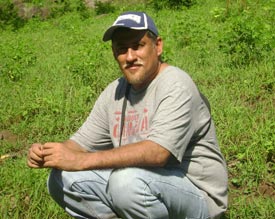 Pastor Damian checks two sacks full of beans. It is just the beginning of the harvest and the fruits already look promising.
Pastor Damian checks two sacks full of beans. It is just the beginning of the harvest and the fruits already look promising.
Another man, Brother Juan, a seasoned farmer with dark skin and gray hair, is a perfect example of a Salvadoran farmer – thin but somehow robust, quiet and wise. Juan has served as an adviser to Pastor Damian since they decided to implement program “Double Seed.”
Juan talks about the beans and how they should keep some leaves and dirt in the sack so the beans will not lose the humidity they need.
“This way, they can last for about a year,” he adds, and smiles, knowing that the efforts made these past three months have given results – promising results that translate into hope.
It has been three months since Double Seed started in the community of Corinto, in Zaragoza, a city located eight miles south of the capital city, San Salvador, in El Salvador.
These past months meant sweat and great efforts for the people, but it also meant hope for a future that did not seem so clear a few months before. (more…)
Trials and Tribulations Reveal God’s Blessing
“Lord, if you allowed this to happen, it’s because you will give me something better.” These were the words that Rosalva expressed when she saw her home torn apart by an earthquake that hit the town of San Lorenzo, in the department of Ahuachapan, about 100 km west of the capital city San Salvador, in El Salvador.
Earlier that day, at about 1 in the morning, the town had felt a tremor. Then, at 11 a.m. of the same day, a 4.6 earthquake hit the area; this is like detonating 1,000 tons of TNT.
Rosalva worked as a baby sitter on the other side of the town, and as soon as she could, she ran home, only to see a big hole in the roof, since most of the tiles had fallen off because of the magnitude of the quake. The walls, made of adobe (a mix of clay and straw), had cracks all over, and the danger of them falling apart was evident.
Thanks to God, her family was okay, but the damages to the house were irreversible. “All four corners of my house were completely separated” says Rosalva, trying to describe how her home, a small, one-room house, had cracks so big that the corners were not together anymore. (more…)


